13 Day Itinerary
£7,600pp
$9,100pp
Explore Caral, the Americas’ oldest city, and UNESCO-listed Chan Chan. Learn about Tucume’s pyramid complex and discover historic sites like Revash, Kuelap, Karajia, and the impressive natural features such as the Gocta Waterfall and hot springs.
Day 1 - 2: Lima, Peru
Day 3 - 4: Trujillo
Day 5 - 6: Chiclayo
Day 7 - 8: Cajamarca
Day 9 - 10: Leymebamba
Day 11 - 13: Chachapoyas & Cocachimba
Day 1 - 2: Lima, Peru
Day 3 - 4: Trujillo
Day 5 - 6: Chiclayo
Day 7 - 8: Cajamarca
Day 9 - 10: Leymebamba
Day 11 - 13: Chachapoyas & Cocachimba
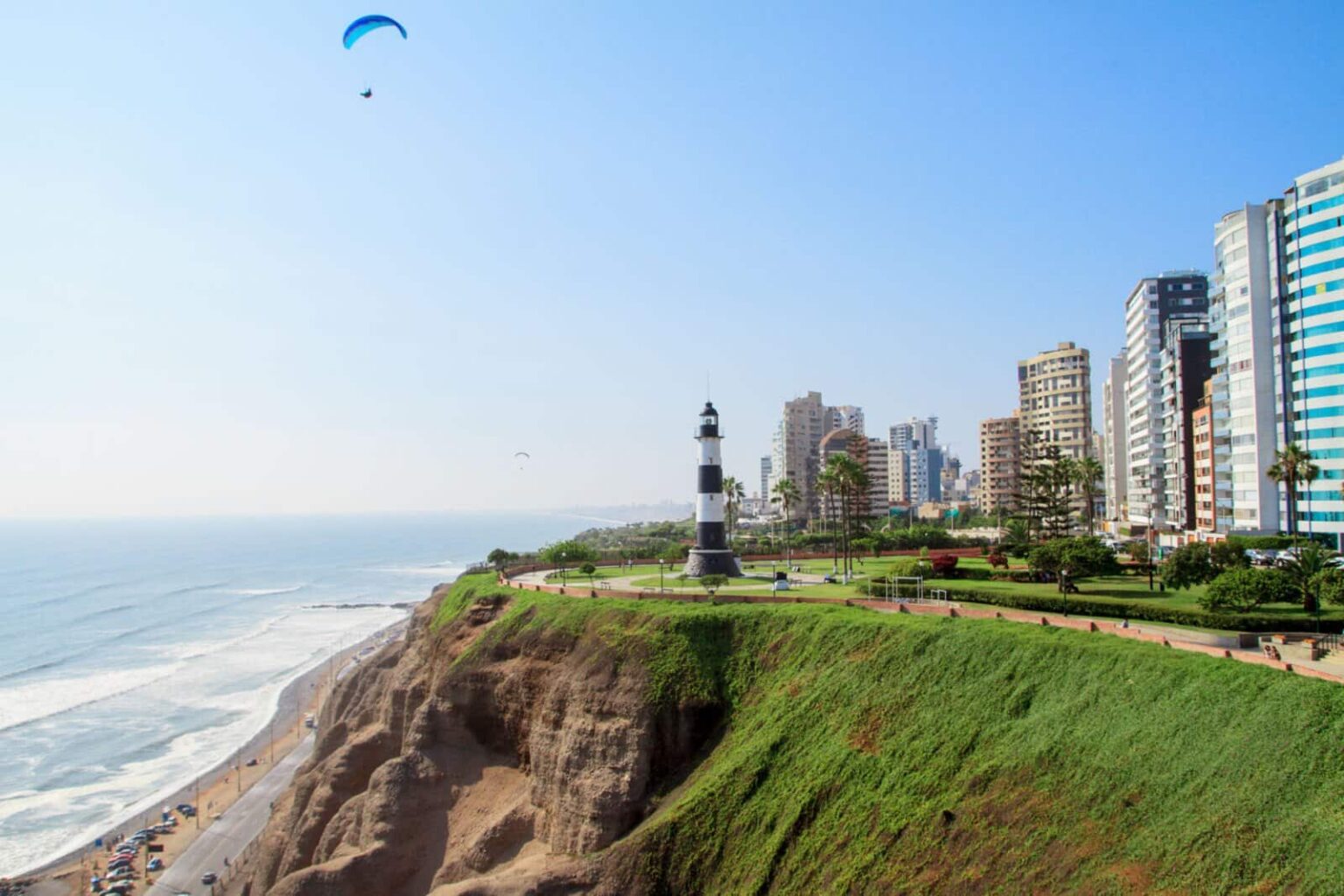

Welcome to Peru!
During your time in Lima, you’ll make a special visit to the oldest known city in the Americas: Caral, located in the Supe Valley. Caral spans more than 150 acres and you’ll see six terraced pyramids that are thought to have been the main centre of town. Surrounding the pyramids sit many residential structures and sunken plazas.
Get a glimpse into how the ancient people of Caral lived as you admire many artefacts and dwellings, including pieces of textile, necklaces, flutes made from animal bones, reed and woven bags, ceremonial burial relics and structures made from adobe and stone. You’ll also see evidence of agricultural practices and elaborate religious ceremonies, as well as a design carved into the earth called Chupacigaro, which was used to measure the movements of the stars.
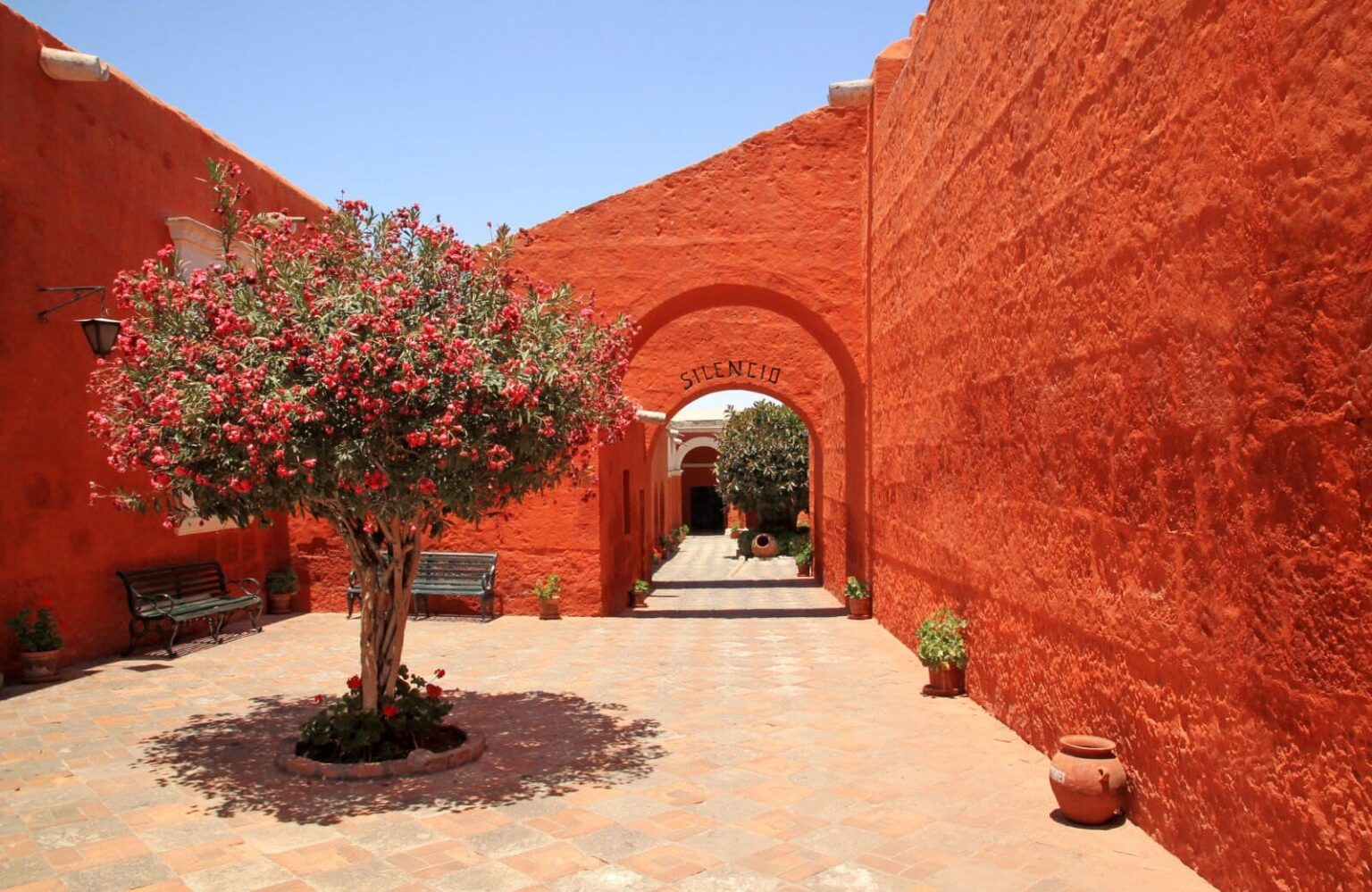

During your full day in Trujillo, you’ll start with a visit to the ‘huacas’ of the Moon and Sun. These temples played a major role for the Moche civilization (100-900 AD). The finely decorated Temple of the Moon represents the spiritual centre for the Moches. Among the wealth of ceremonial artefacts about 40 skeletons of sacrificial victims were found here. As you stroll through the Temple of Moon you can get a panoramic view over the Temple of the Sun, considered one of the largest adobe structures in the Americas.
Continue to Huanchaco Beach, where you can appreciate the totora seahorses – small vessels made of reed – skilfully manoeuvred between the waves by the artisanal fishermen, direct descendents of the Moche people.
After lunch you will visit the archeological complex of Chan Chan. This urban centre is the largest pre-Columbian adobe city in pre-Columbian America. It was declared a World Heritage Site by UNESCO in 1986. Chan Chan was the capital of the Chimu kingdom and originally covered more than 20 square kilometres; archaeologists estimate that it housed more than 100 thousand people. Its structure houses warehouses, workshops, streets, walls and pyramidal temples, and its enormous walls are profusely decorated with geometric figures, stylized animals and mythological beings.
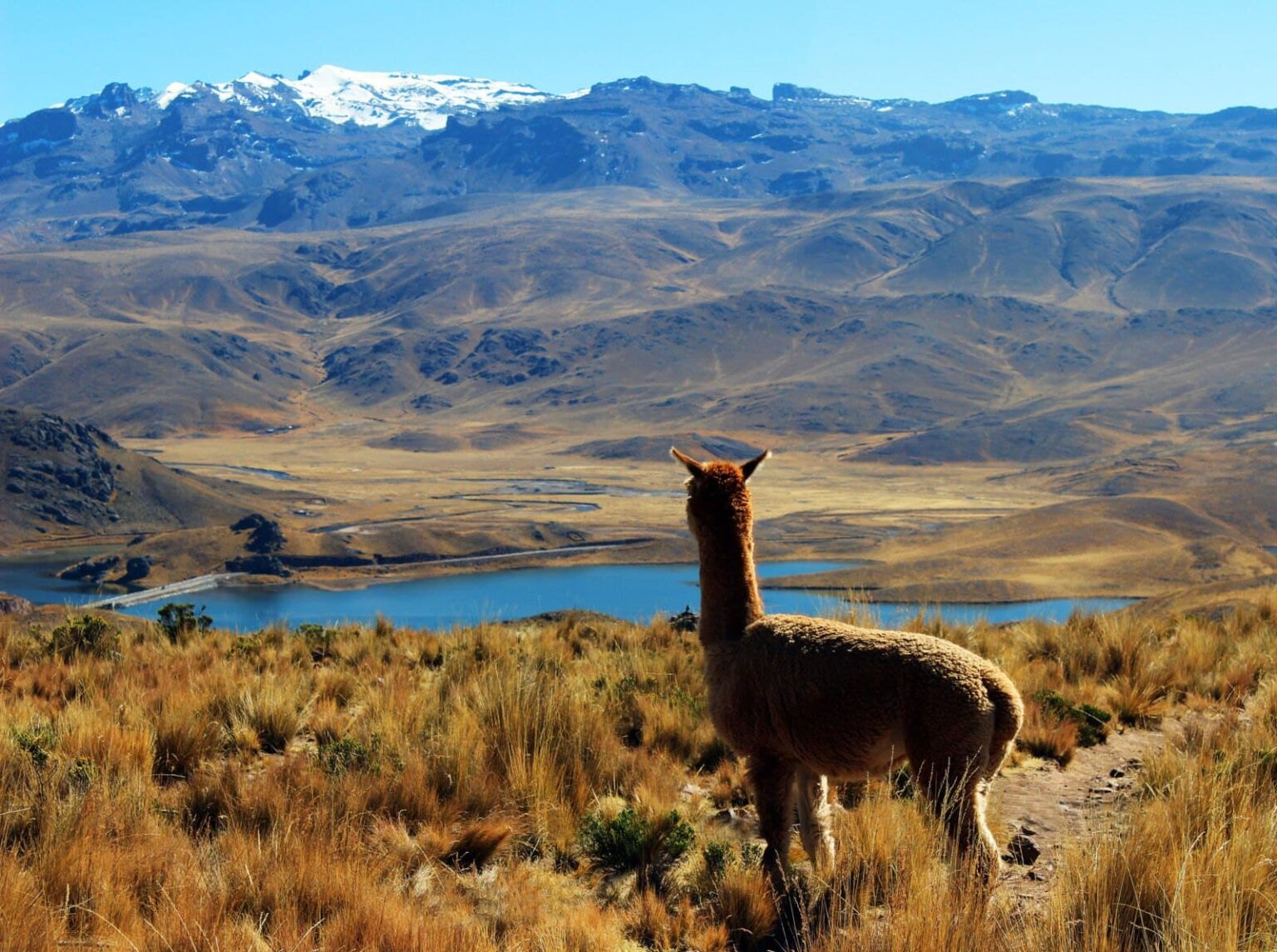

In the morning, depart north on a 4-hour ride to the city of Chiclayo, accompanied by a guide. You will visit the ‘El Brujo’ archaeological complex. Just a few years ago, a well-preserved tattooed mummy of a young woman, who belonged to the Moche Royalty, was discovered deep inside El Brujo pyramid.
During your time in this region, you’ll also travel to the town of Sipán to visit the Huaca Rajada Site Museum, where you can find original ceramics, gold and silver jewellery, and bone remains of the elite people in the Huacas Rajada. We will continue our visit to the Huaca Rajada to see the burial chambers of the most important characters of the Mochica elite, royal mausoleum of the Lord of Sipán, Old Lord of Sipán, Owl Priest.
Continue to Tucume, an imposing complex of 26 pyramids of the Lambayeque culture, which can be glimpsed from a natural viewpoint. You’ll also visit the Site Museum, where the story of the mythical Naylamp, founder of the Lambayeque culture, is told. Finally, visit the Royal Tombs of Sipán Museum, an excellent follow-up to your excursion as it houses the remains found in the tombs you visited earlier.
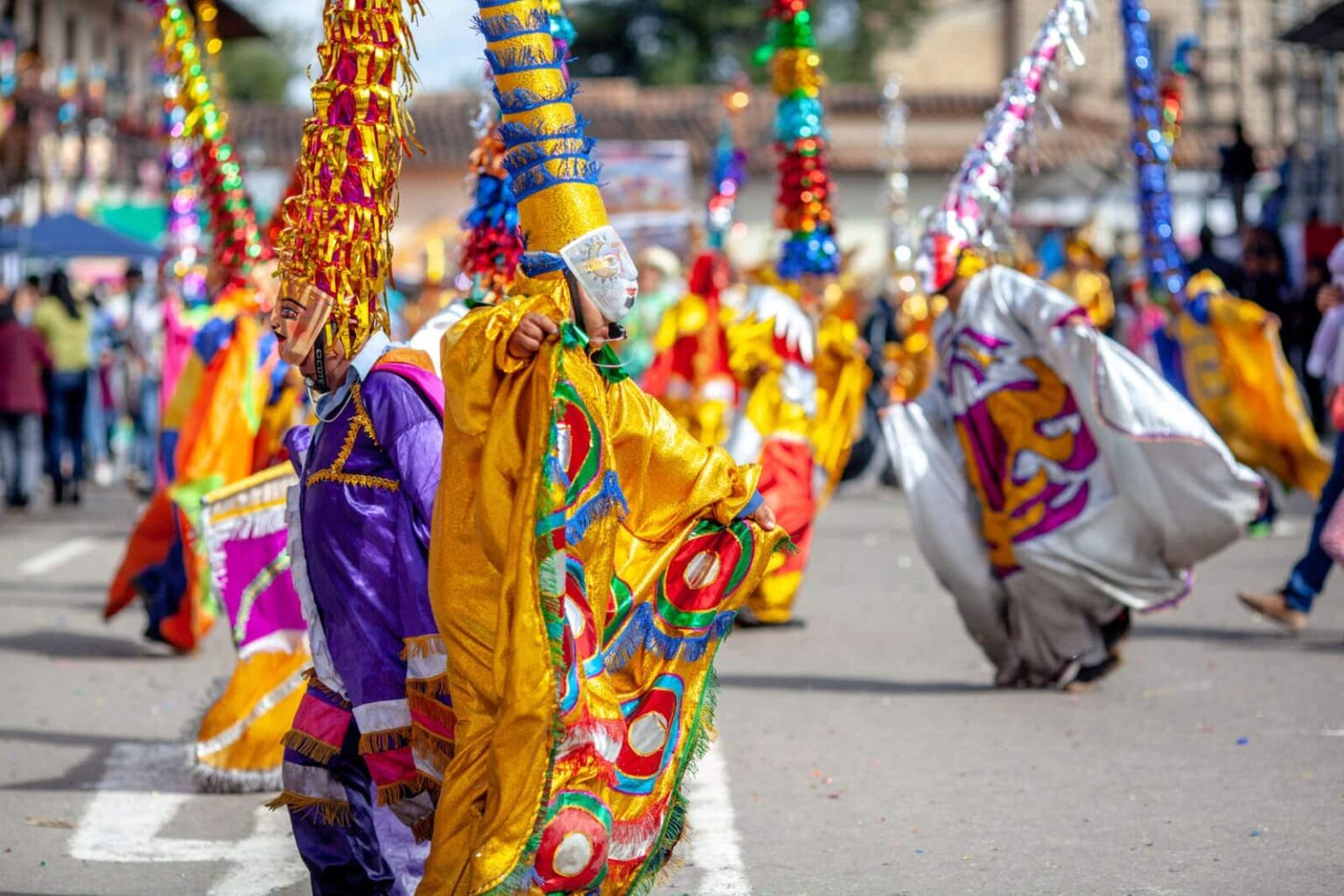

The Baños del Inca are possibly the most important tourist attraction in Cajamarca. Specially built pools allow hot sulphur water to mix with river water – evidence of the famous Incan engineering. You can relax in the hot baths, where water gushes through the bottom of the stone. You can relax comfortably in the pools at a temperature of 25 degrees Celsius.
The next day, you’ll visit the incredible Cumbemayo, a magnificent work of hydraulic engineering that the inhabitants developed during the ancient times. The archaeological complex diverts the waters of the Pacific into those of the Atlantic and thus, this channel of rocks was carved by the streams of waters and then finely decorated with enigmatic petroglyphs.
After lunch at a local restaurant, you’ll visit the city of Cajamarca, which holds an important place in the history of the Spanish conquest of South America and Peru. Being an important Inca citadel, it became a typical colonial city, known for its churches and colonial mansions preserved almost intact, it is a living museum waiting for you.
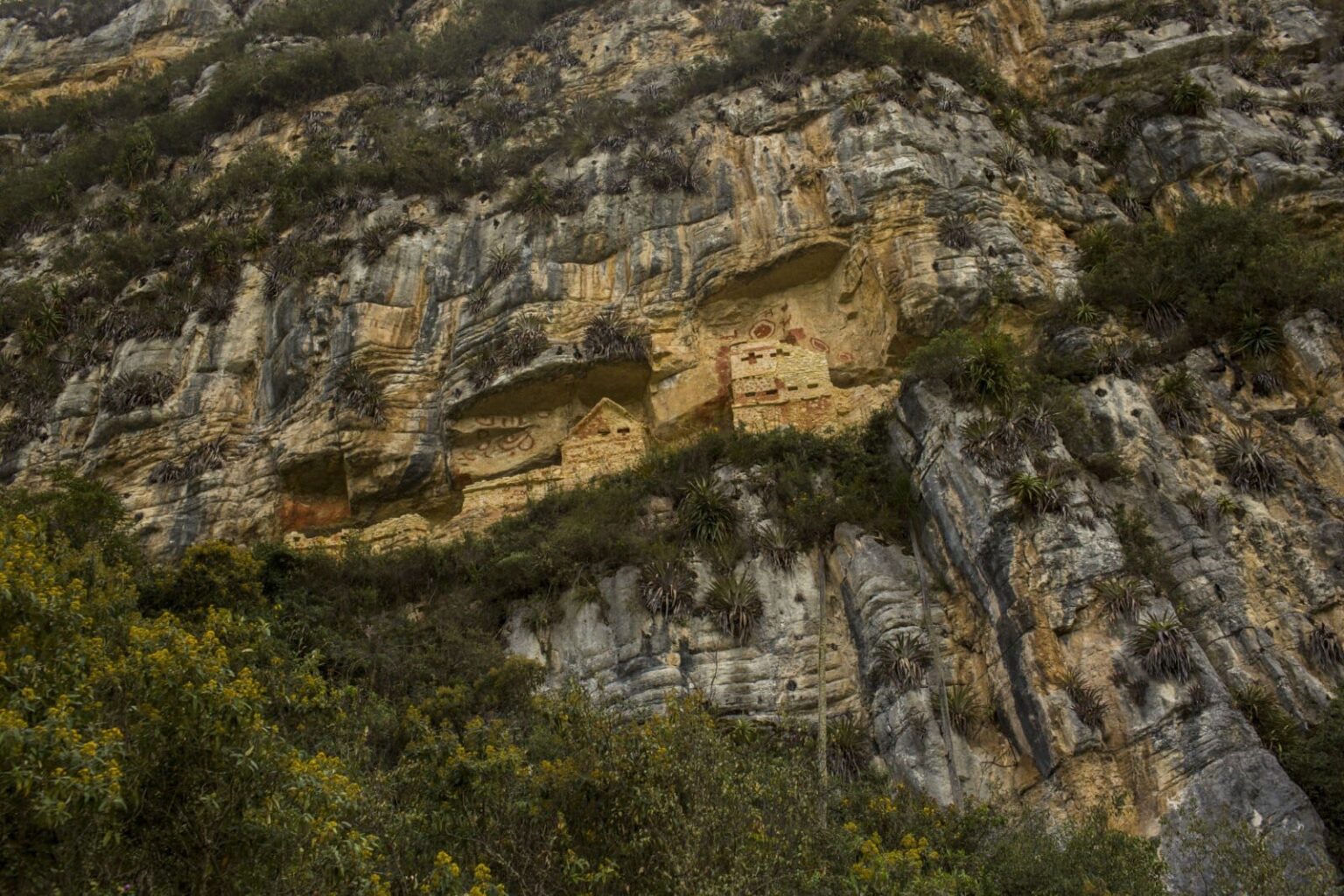

Today you’ll be travelling from Cajamarca to Leymebamba along a incredibly beautiful route with spectacular views.
You’ll start with a visit to Leimebamba Museum, where we visit a delightful collection of extraordinary artefacts recovered from another group of cliff tombs discovered as recently as 1997 at the remote Laguna de los Condores, high in the mountains east of the town.
You will also visit the Revash Mausoleums, which are constructions of funeral homes at the foothills of huge rocks; they are painted in red and cream colour, which resemble small houses. Some are up to three floors high, and others have gable roofs with T-shaped, cross-shaped and square windows. The mausoleums can be observed from approximately 100 metres away. It is a strategic point to fully appreciate the funerary complex
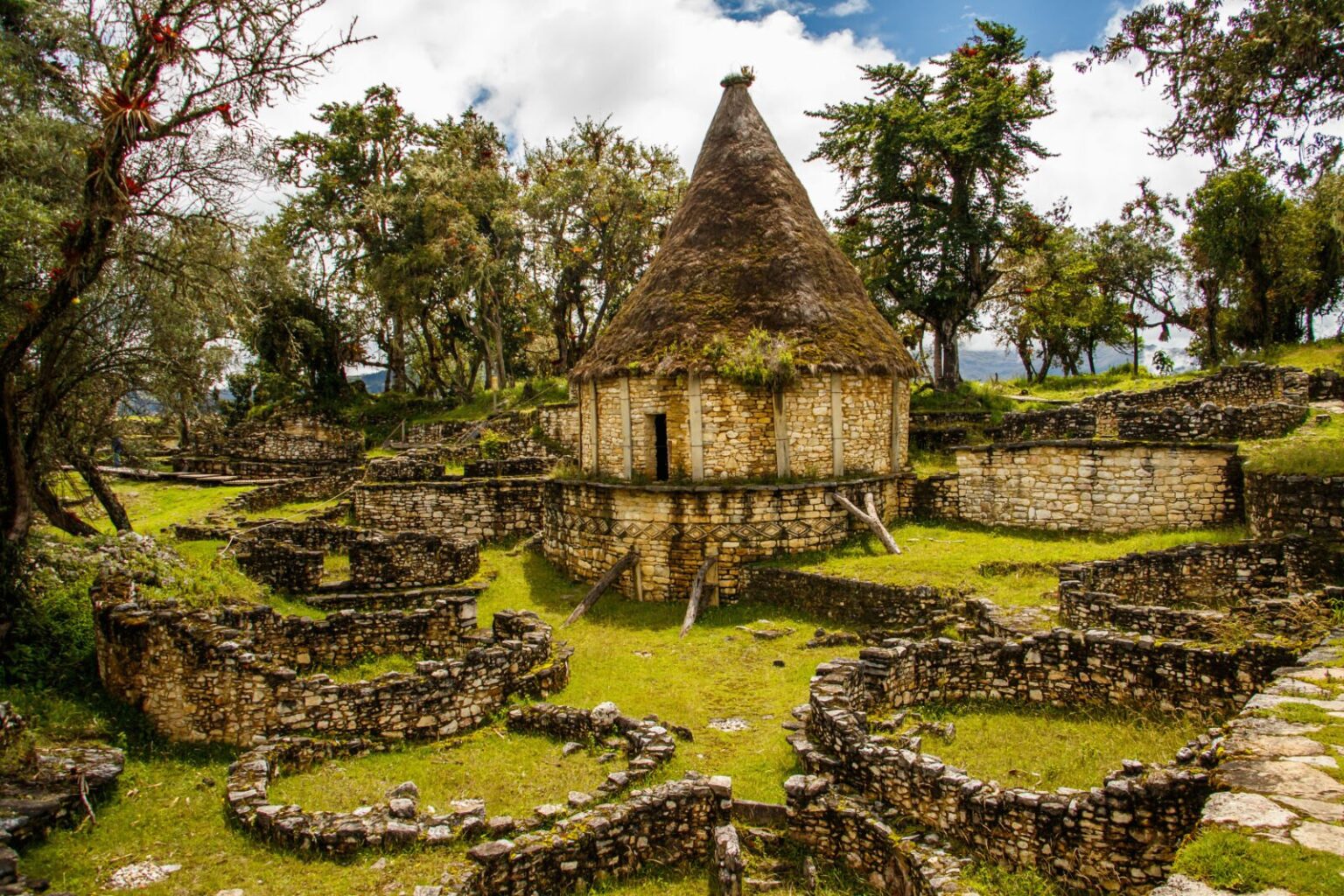

Today you will visit the mysterious site of Kuelap (note this is a panoramic visit in the area only, as the site itself is currently closed due to maintenance work). For years Keulap was believed to have been a Chachapoyas fortress, yet the archaeological evidence now suggests that this was principally a religious and ceremonial site.
The next morning, you’ll visit the sarcophagi of Karajia. The figures are 2 metres high and are made of a mixing of clay, straw and pebble, which is then laid over a structure made of wood. A chamber with the shape of a pear protected the mummy which was sitting down and wrapped in deer skin.
On your final day in this area, you’ll enjoy a lovely walk-through forest and farmland to the foot of the world’s third highest waterfall. Amazingly, the existence of these falls was not known to the world until they were spotted by a German explorer in 2006! Local people lived in fear of them and stayed away, owing to their ancient legend of a dangerous enchantress, the mermaid that lived in the falls.
Our walk takes approximately three hours each way, and along the route we have a good chance of spotting the Andean Cock-of-the-Rock, Peru’s national bird. We can spend some time here enjoying the refreshing mist of the falls and enjoying the surrounding forest, viewing hummingbirds, toucanets, and, with luck, a troupe or two of capuchin or woolly monkeys. During the dry season when the volume of water is not too ferocious, those willing to face the chilly waters (and perhaps the mermaid!) can bathe in the pool beneath the falls.
£7,600 per person
$9,100 per person
Based on two people sharing
$9,100pp
7 Day Itinerary
Guide Price: £8,700pp
Guide Price: $10,500pp
Take in the highlights of Peru, with a four day Amazon cruise before trekking through the Sacred Valley and Machu Picchu in an action packed week with the family.
21 Day Itinerary
Guide Price: £15,100pp
Guide Price: $19,500pp
Take a voyage through three countries, across vineyards, lakes and mountains on trip for the ultimate South American adventure.
7 Day Itinerary
Guide Price: £5,500pp
Guide Price: $6,600pp
Explore Peru’s highlights such as Lima’s vibrant culture and the fascinating ancient Inca ruins of the Sacred Valley. Explore diverse hiking trails, culminating in a full day at Machu Picchu guided by specialists, before diving into Cusco’s rich history.
SIGN UP